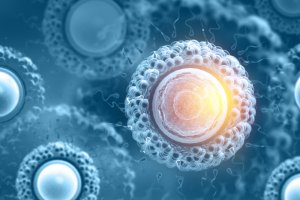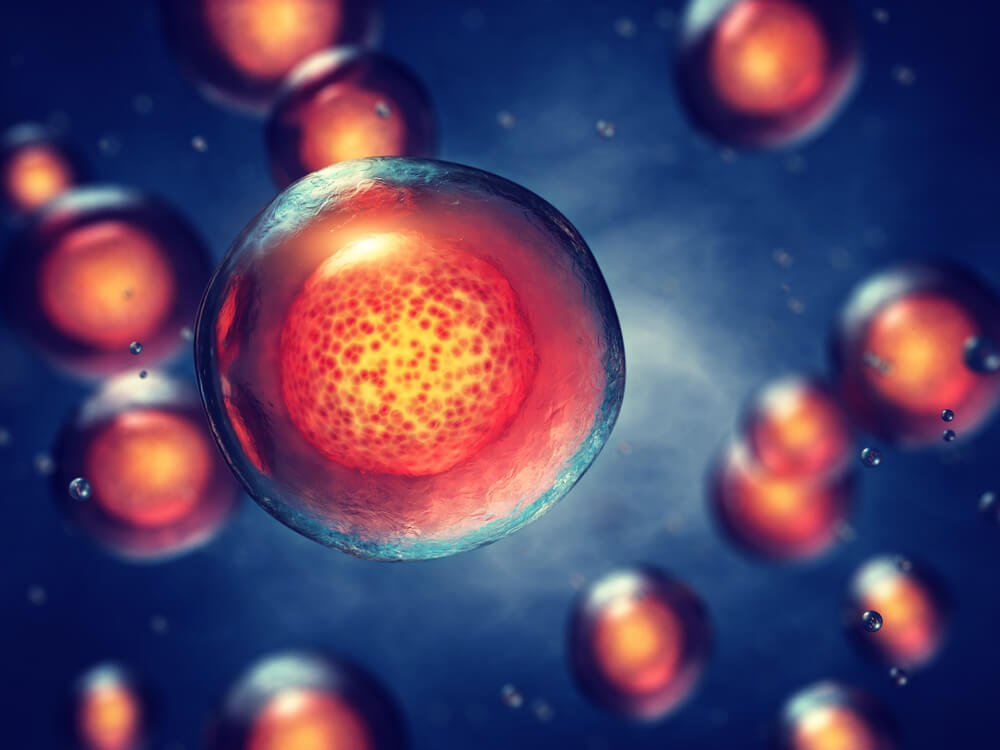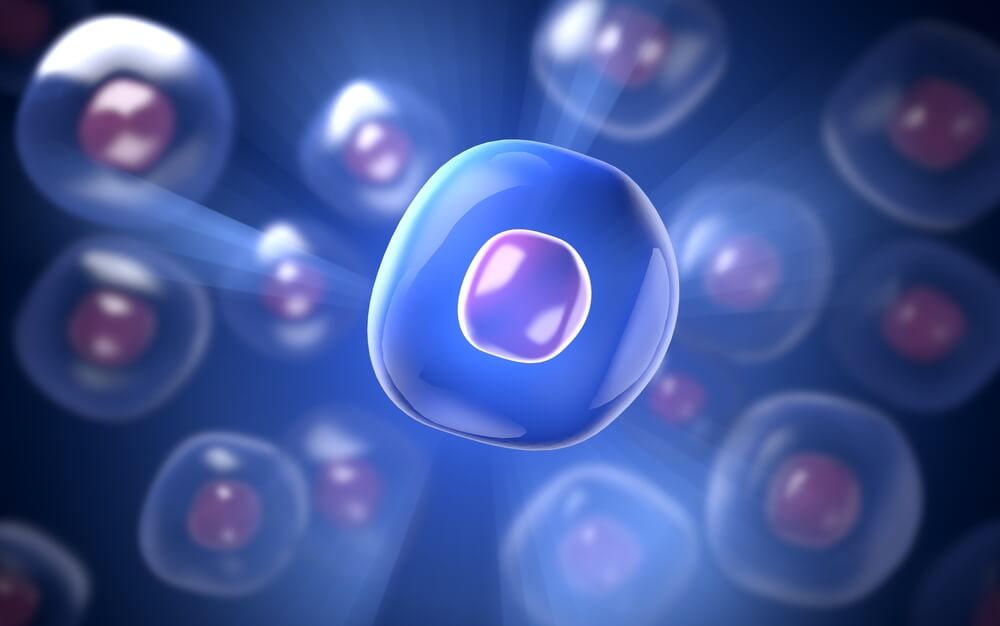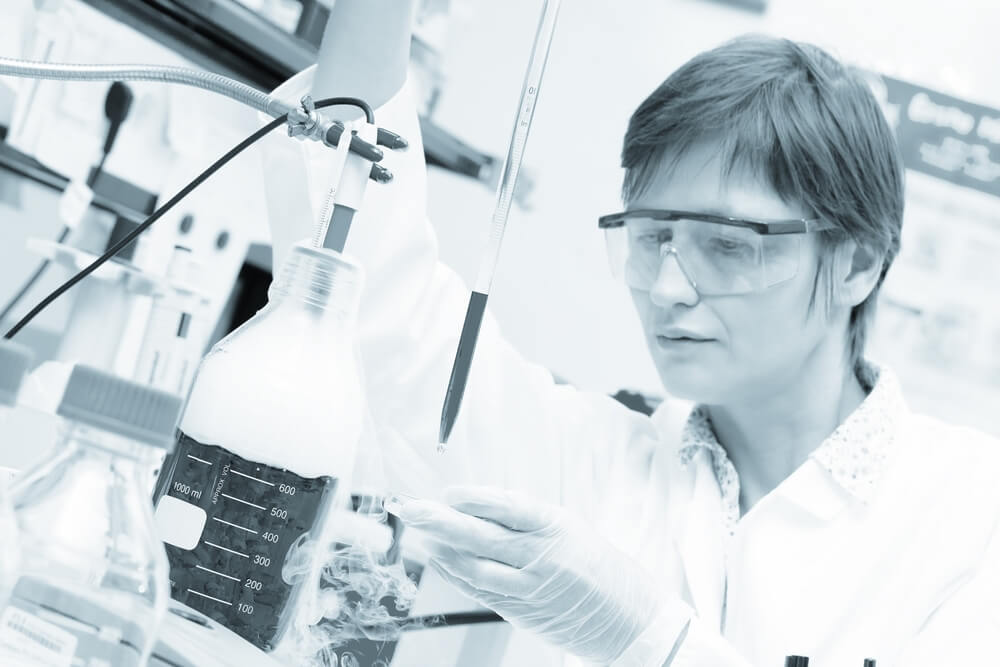What Stem Cells Really Are and What They Can Do

These days, it’s not strange to hear about the term “stem cells” on any news program—but do we really know what they are?
Stem cells are cells that have two essential characteristics:
- Self-renewal: In other words, these cells are able to create new stem cells.
- Ability to differentiate into one or more types of cells.
The more types of cells the stem cell is capable of changing into, the greater its differentiation capacity. By using this characteristic, we can classify the different types of stem cells.
Stem cell differentiation

Differentiation is nothing more than the process of adopting morphological and functional characteristics of a certain cell. This process takes place when a stem cell adopts the characteristic genetic configuration of the cell that it copies. Differentiation ultimately expresses only the genes of the particular cell.
Once the new genetic configuration is set, the stem cell gradually acquires the characteristics of the target cell. After a set of cellular divisions, the result is a completely functional differentiated cell.
Also see: What’s the Real Age of Your Body?
Classification of stem cells

One of the most widely used ways of classifying stem cells is by considering its differentiation ability.
Thus, there are four types:
- Totipotent cells. These cells have the greatest differentiation ability. They’re able to create an entire organism, including three embryonic germ layers (endoderm, mesoderm and ectoderm), which are the tissues that form the yolk sac and placenta. The only totipotent human stem cell is the zygote. The zygote forms when the sperm fertilizes the ovule.
- Pluripotent cells. Pluripotent cells can create three embryonic germ cells but are unable to form an entire organism. For example, a pluripotent stem cell could differentiate into a muscle fiber (a cell type derived from mesoderm) or into a tooth (derived from ectoderm).
- Multipotent cells. In this group of stem cells, we can find hematopoietic, neuronal and mesenchymal cells. They create single germ layer cells. A hematopietic cell can differentiate into any kind of blood cell: red blood cells, white blood cells and platelets.
- Unipotent cells. Only able to differentiate into one kind of cell, these cells have the least capability to differentiate of the group. A clear example of this group would be the epidermis stem cells, which are found in the basal layer of our skin.
What can stem cells do?

In medicine and research, the interest in stem cells lies in their ability to differentiate. They offer an enormous potential to decode science’s biggest puzzles that are, even today, a burden for humankind.
Below, we’ll list several examples:
- Understanding more about the progress of a disease. In many cases, we know exactly just what causes an illness. For example, we know that Alzheimer’s results from an accumulation of certain proteins that take apart the brain’s architecture. However, we don’t know how the process develops: When does it happen? Why? How does it affect the neuron function in the first stages of the disease? All of these questions could find an answer thanks to stem cells. By differentiating stem cells into neurons in vitro, scientists can reproduce the disease perfectly. By doing so, they can unveil exactly what happens in the long-term process of the disease.
- Generating healthy cells to replace sick ones. This practice is known as “regenerative medicine.” This practice could serve in a multitude of cases. To give an example, when a person suffers from a third-degree burn, they need to undergo a skin graft. By using stem cells from the patient’s own skin, scientists could generate new epidermic tissues to cover the affected area.
- Evaluating the efficiency of new medication. As we all know, new medication needs to pass many tests before being commercialized. One of these tests consists in human testing. By using stem cells, we could generate in vitro internal micro-environments very similar to those of human beings for testing purposes. For example, scientists could test a new medication for a heart disease treatment on heart tissue generated from stem cells.
This text is provided for informational purposes only and does not replace consultation with a professional. If in doubt, consult your specialist.








